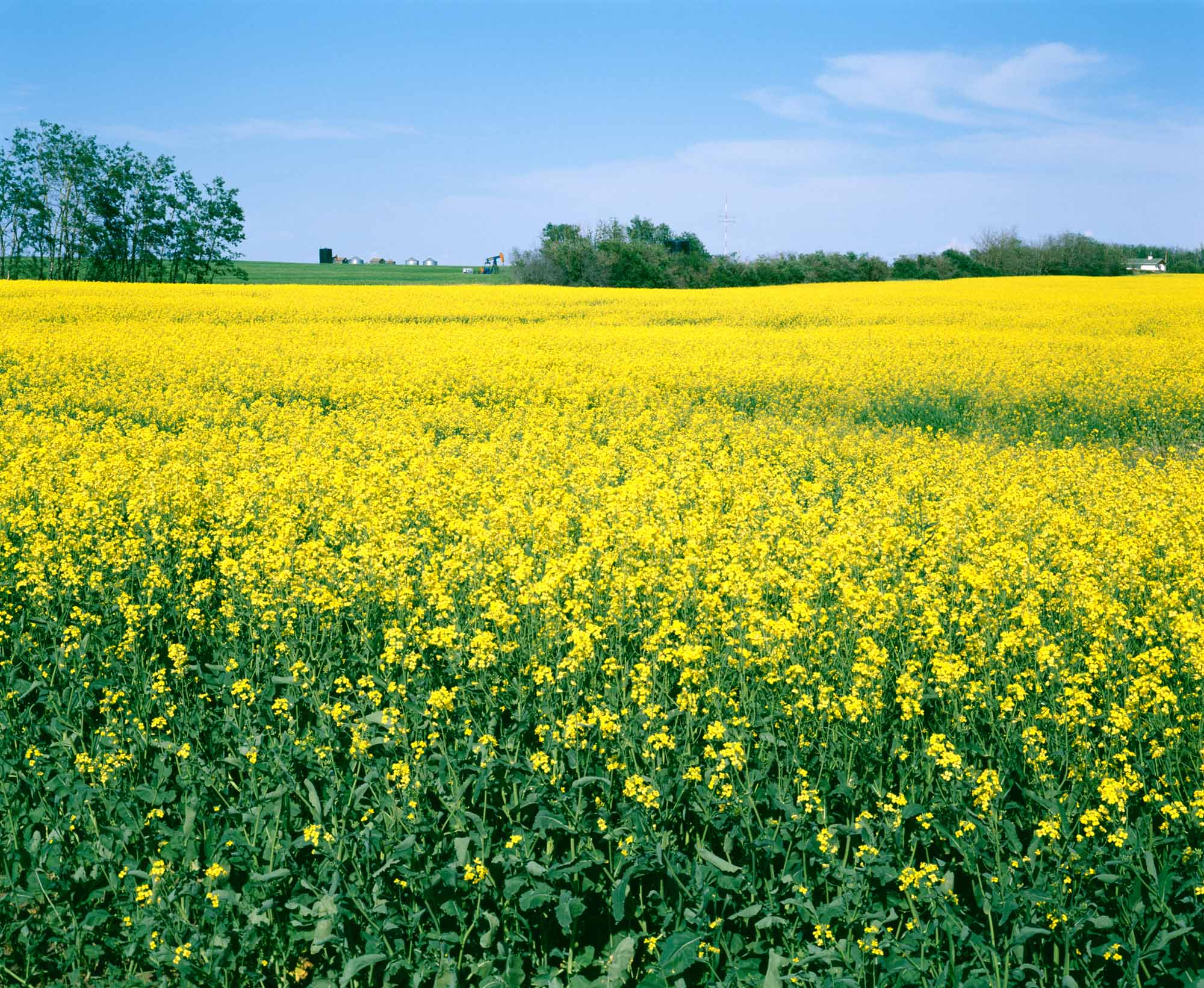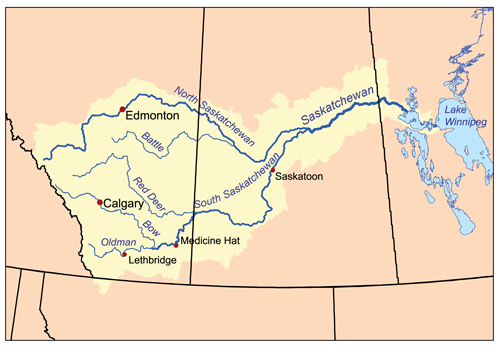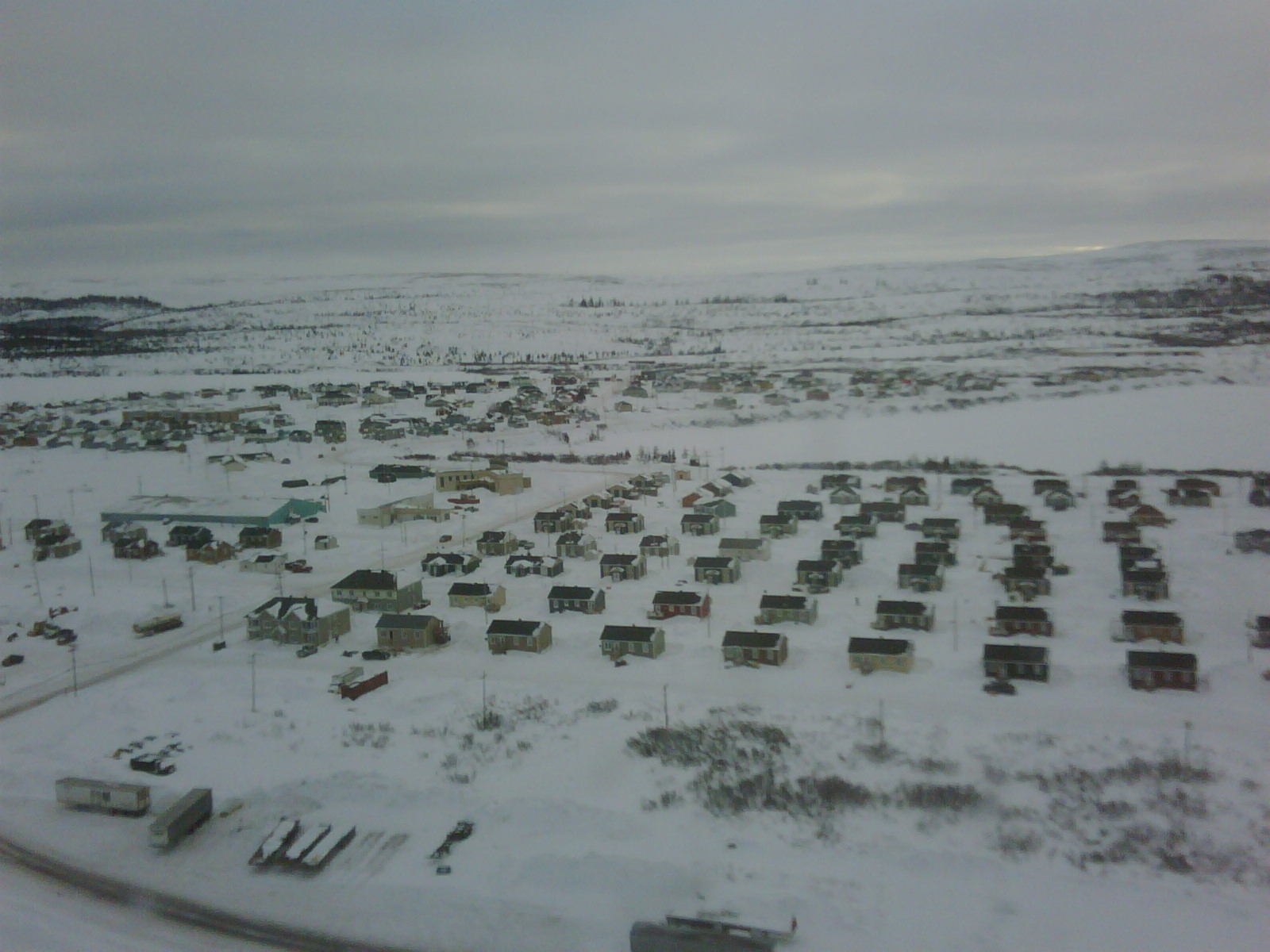Article
Saskatchewan (Province)
Saskatchewan is part of the Prairie region and is the only province with entirely artificial boundaries. It is bordered by the US to the south, the Northwest Territories to the north, and Manitoba and Alberta to the east and west respectively. It was created from the Northwest Territories in 1905, at the same time as Alberta, and shares with that province the distinction of having no coast on salt water. The name, which was first used officially for a district of the Northwest Territories in 1882, is derived from an anglicized version of a Cree word, kisiskâciwanisîpiy, meaning “swiftly flowing river.”









